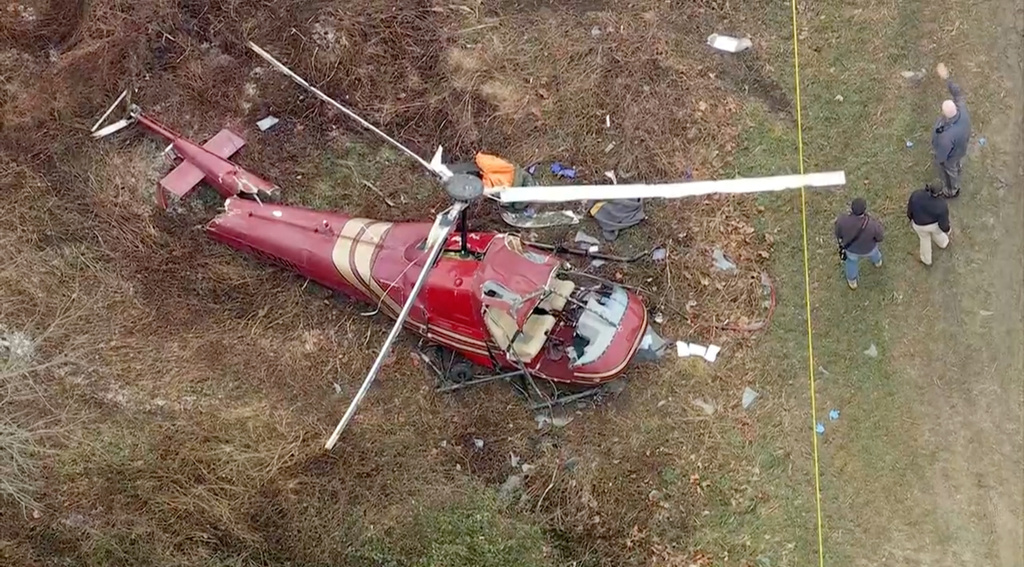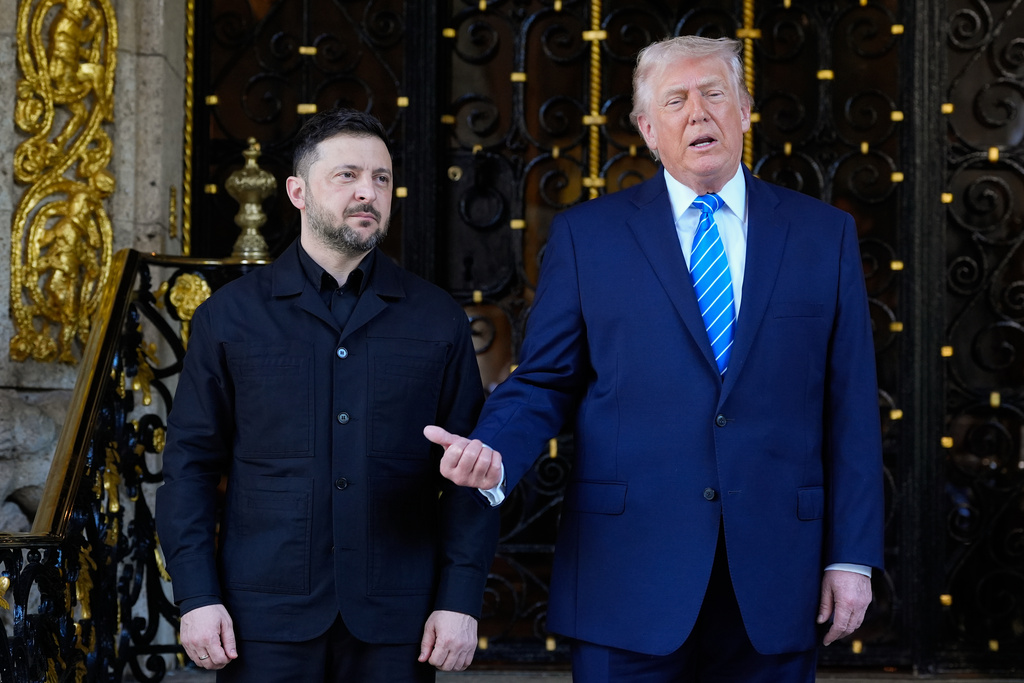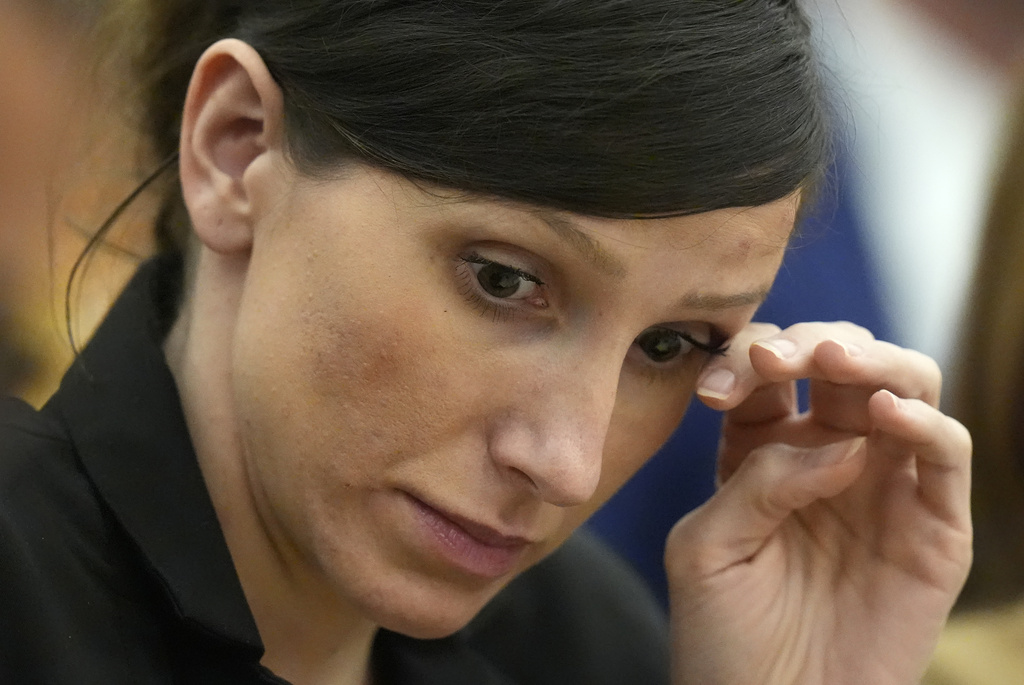It’s what everyone in Washington D.C. is talking about — no, not those hearings.
It’s the peak bloom week for the cherry blossoms.
For 110 years, cherry blossoms have encircled the tidal basin. Japan gave them as a gift to the city.
There are 3,200 trees in the parks around the waterfronts in the city.
They are gorgeous to look at, but what you are looking at today is the impacts of climate change..
Here in D.C. the temperature has increased about two degrees over the last 50 years.
That might not seem like a lot, but it causes a change in environmental processes and causes the trees to bloom earlier.
It's throwing off the phenology of the environment, or the seasonal cycles of plants and animals. Nature and ecosystems run on these cycles. Plants bloom at the same time that bees and butterflies and other pollinators are flying around. The timing is exact so they can work together.
But earlier blooms can create a phenological mismatch. The trees and the insects are on different schedules, so there’s no pollination.
The National Park Service has been tracking the peak bloom dates for a few decades. you can see the migration to an earlier and earlier arrival. Just a few years ago the blossoms didn’t peak until the second week of April.
It's not happening just here in D.C., either. In Japan, the country that gave us these trees as a gift, the same thing is happening. Last year the cherry trees there had the earliest peak bloom in the last 1,200 years.
Climate change is not just the big events like glaciers melting, or species going extinct. It's also the small changes that we barely notice, that gradually add up to big changes in the environment all around us.











